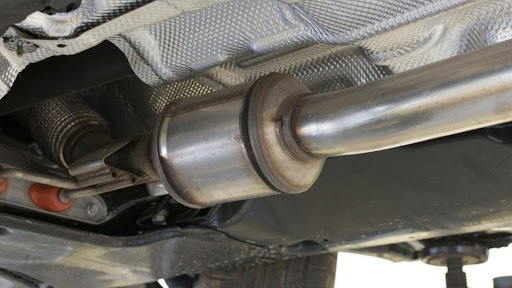
The catalytic converter (CAT) and the Diesel Particulate Filter (DPF) are different in several ways. but the two of them utilize a metallic or ceramic component that helps exhaust gases go through a vehicle.
The DPT device is furnished with small channels that are used for trapping soot and debris from the fumes of gas. It eliminates dark smoke from the motor exhaust. It is also superb for the environment. It has two pipes that assist in the emanation of fumes gas from the inner of a vehicle.
Read this and learn about DPF and CAT differences.
Catalytic Converter and Diesel Particulate Filter Differences
Although the catalytic converter and Diesel Particulate Filter are similar in almost every way, their differences are also broad.
- Fitted
DPF is not available on cars that are fuelled by petrol. The CAT is often available on every car that has run on petrol since March 2006. Many advanced types of diesel today will have both a DPF and a CAT to satisfy the stricter emission guidelines.
- Specific failure modes
The large contrast with DPFs is that over the long haul, they top off with soot and different particulates from the ignition and will go through a restoration cycle where the ash is signed off. This cycle produces a limited quantity of debris each time it occurs. This will ultimately hinder the DPF; it will need to be replaced.
- Different catalysts
Here is another distinction between the DPF and the – how the catalysts are prepared. Although the channel cleans the unsafe substances, it is not as effective as the CAT converter. This is because the CAT was made for cleaning the harmful substances while the DPF is for collecting huge particles like ash. Also, DPF vehicles use diesel. And this does not transmit numerous hydrocarbons into the air, very different from cars that use petrol as fuel.
Conclusion
However, the catalytic converters seem more popular than the Diesel Particulate Filter (DPF). Finally, heavy-duty trucks use the DPF more. Also, the catalytic converter prices devices from the DPF cost.
